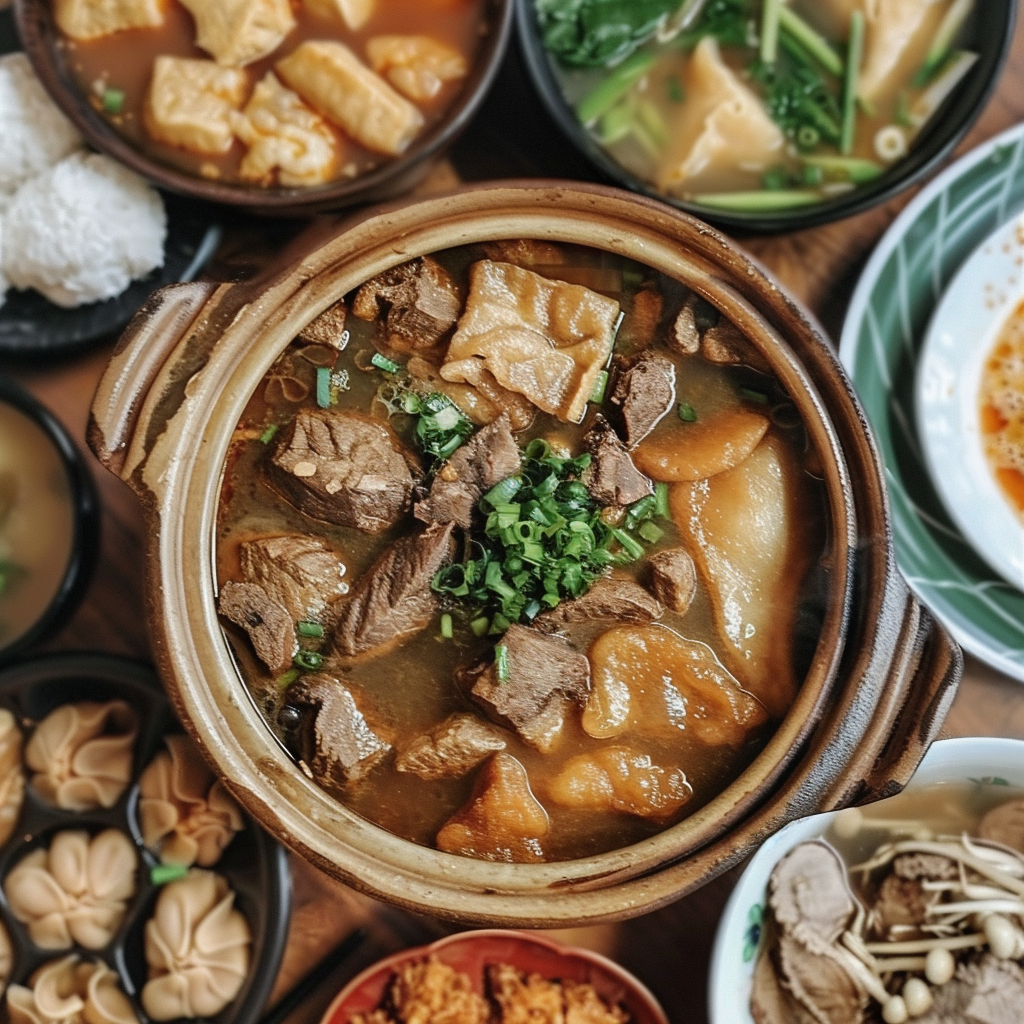Xinjiang, a region rich in natural beauty and cultural history, is home to the renowned Duku Highway. Starting in the north from Duzishan in Karamay, known as the “City of Petroleum,” and stretching through four mountain passes over 3,000 meters in altitude to reach Kuche City in Aksu, this highway is more than just a route; it’s a journey through the heart of Xinjiang’s landscapes.

Also known as the National Highway 217, it spans a length of 561 kilometers, serving as a vital artery connecting northern and southern Xinjiang while cutting through the majestic Tianshan Mountains. Such is its beauty that it’s often said, “Different weather every ten miles, four seasons in one day.”
Journey Through the Seasons on the Duku Highway

1. The Summer Landscape:
Setting off from Kuche and driving approximately 80 kilometers, you’ll witness the fiery summer of the Duku Highway. This stretch showcases the magnificent Yardang and Karst landforms. En route, travelers pass through the saline Yanwater Gou, Red Dan Stone Forest, and the mysterious Tianshan Grand Canyon. The uniquely shaped stone forests and pillars offer a visual feast, epitomizing nature’s craftsmanship.

Want to know the price of tours? Need to ask for a travel permit? Feel free to contact us. Funtrip can discuss your planned itinerary, assisting with customized, comprehensive planning and cost estimation.
2. The Spring Oasis:
Leaving behind the heat, you transition into the rejuvenating spring of the Duku. Passing through locations such as the Large and Small Dragon Ponds and Bayanbulak, you arrive at the Nalati Grassland. Over this 100-kilometer stretch, contrasting river channels and lively grasslands captivate the eye. If you’re fortunate, you might even witness a mesmerizing sunset reflection at Bayanbulak. The clear waters, green meadows, and blue skies create an irresistible allure.

3. The Winter Wonderland:
Journeying from Qiaolma to Hashilegen Pass, you’re introduced to the awe-inspiring winter of the Duku. Hashilegen, the highest of the four passes, translates to “impassable” in Mongolian, highlighting the challenges of this route. Expert driving skills are required. Here, travelers can marvel at snow walls reaching up to 5 meters and snowy mountain vistas that define the essence of winter.

4. The Mountainous Terrain:
Crossing the Hashilegen Pass, you venture towards Dushanzi. This 100-kilometer section may not clearly belong to a specific season. There aren’t vibrant colors or lively meadows, nor snowy peaks. Yet, the continuous mountains make it no less astonishing.
A Tribute to the Heroes of the Duku Highway
The Duku Highway has rightfully earned its reputation as one of the most scenic routes. But its beauty isn’t just a result of nature; it’s a testament to human perseverance and sacrifice. Constructed over a span of ten years, this road’s creation wasn’t easy. Before the advent of modern machinery, it was built with the hands of countless heroes. Not only did it consume vast resources, but it also claimed the lives of 168 People’s Liberation Army soldiers.
As descendants of this great nation, we owe our respect to these warriors who toiled to give us this epic roadway. Every time we pass the Qiaolma Martyrs’ Cemetery, we should bow in reverence. While enjoying the scenic beauty, let’s also commit to protecting the environment, appreciating its splendor, and doing our part to preserve the allure of the Duku Highway.



